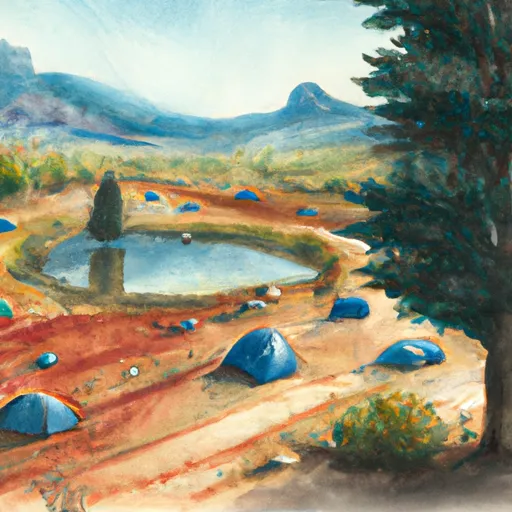Summary
The lake is known for its crystal-clear water and abundant fish species, including Brook Trout, Cutthroat Trout, and Rainbow Trout.
Fishing Tips:
- The best time to fish at Clyde Lake is early in the morning or late in the evening when the fish are most active
- Use lures and baits that resemble the natural food of the fish, such as flies, worms, or small lures
- Be patient and persistent, as the fish can be elusive at times
- Bring a fishing net and a camera to capture your catch
Prevalent Fish Species:
- Brook Trout: These fish are known for their beautiful colors and are commonly found in the shallow areas of the lake. They feed on insects and small fish, so try using small lures or flies to catch them.
- Cutthroat Trout: These fish are a bit larger than Brook Trout and can be found in deeper waters. They feed on insects and small fish as well, so try using larger lures or bait to catch them.
- Rainbow Trout: These fish are the largest of the three species and can be caught using a variety of lures and baits. They are commonly found in the deeper parts of the lake.
Nearby Activities:
- Hiking: The Uinta Mountains offer a variety of hiking trails that offer stunning views of the surrounding area.
- Camping: There are several campgrounds located near Clyde Lake that offer a peaceful and scenic camping experience.
- Boating: Non-motorized boats are allowed on the lake, so bring your canoe or kayak for a leisurely paddle.
Best Time of Year to Visit:
The best time to visit Clyde Lake for fishing is from late June to early September. The average temperature during this time is around 70 degrees Fahrenheit during the day and 40 degrees Fahrenheit at night. Be sure to check the weather forecast before heading out to the lake, as the weather in the mountains can be unpredictable.
Weather Forecast
Nearby Streamflow Levels
 Provo River Near Woodland
Provo River Near Woodland
|
73cfs |
 Weber River Near Oakley
Weber River Near Oakley
|
91cfs |
 Bear River Near Utah-Wyoming State Line
Bear River Near Utah-Wyoming State Line
|
97cfs |
 Provo River Near Hailstone
Provo River Near Hailstone
|
90cfs |
 Weber River Near Peoa
Weber River Near Peoa
|
43cfs |
 Weber River Near Wanship
Weber River Near Wanship
|
25cfs |
Angling Safety Guidelines
Check local fishing rules, seasons, size limits, and license requirements to ensure legal and sustainable angling.
Handle Fish Responsibly
Use wet hands, minimize air exposure, and release fish gently to improve survival rates when practicing catch-and-release.
Choose the Right Gear
Match your rod, line, and tackle to the species and conditions to increase success and reduce unnecessary harm to fish.
Respect the Waterway
Avoid disturbing habitat, prevent bank erosion, and keep a safe distance from spawning areas to protect ecosystems.
Keep It Clean
Pack out all line, hooks, bait containers, and trash—discarded gear can injure wildlife and degrade waterways.
Related Links
Area Campgrounds
| Location | Reservations | Toilets |
|---|---|---|
 Washington Lake
Washington Lake
|
||
 Trial Lake
Trial Lake
|
||
 Washington Lake Campground
Washington Lake Campground
|
||
 Lilly Lake
Lilly Lake
|
||
 Lilly Lake Campground
Lilly Lake Campground
|
||
 Moosehorn
Moosehorn
|

 Trial Lake
Trial Lake
 Washington Lake
Washington Lake
 Abes Lake
Abes Lake
 Meadow Lake
Meadow Lake
 Teapot Lake
Teapot Lake
 Wall Lake
Wall Lake